
Most of the Earth is covered in water, so it only makes sense that we'd start utilizing that space. Here are 9 structures that you may be surprised to see forgo solid ground.
1. Floating Prison, New York City
Credit: reivax/Flickr
There's a good reason NYC's Vernon C. Bain Correctional Centre is nicknamed "The Boat." The prison is a floating barge.
Since 1992, the 47,326-ton mobile incarceration centre has been part of the city's Rikers Island jail complex. It was built in New Orleans and hauled up the eastern seaboard to its current location off the Bronx in Long Island Sound. Created to reduce overcrowding in New York City's prisons, "The Boat" features 16 dorms and 100 jail cells, as well as a library, gym, and outdoor recreation area for prisoners, It can house up to 870 inmates at a time. At 625-feet long and 125-feet wide this flatbed vessel has also been deemed the largest operational prison ship in the world by the Guinness Book of World Records.
2. Floating Supermarket, Southern India
Kerala, in southwest India, is home to nearly 600 miles of interconnected rivers, inlets, lakes, and canals, and home to thousands of inhabitants, many of whom earn their livelihood from fishing. It's a pain for them to come to the mainland to go shopping, so local supermarket chain Triveni has created floating superstores that come to them. The floating Triveni Superstore in Kundara is a 1,000-square foot boat crafted of anti-corrosive, steel-reinforced cement. It's basically a traveling department store that sells everything from perfume to home refrigerators to health drinks - all at reduced rates.
The stores alert villagers beforehand of their planned arrival. Only 20 people can be on board at a time, which includes the floating market's four salespersons and its driver.
3. Floating Golf Course, The Maldives
The Maldives may be sinking, but at least the links are staying afloat. Currently in its planning stages, the Maldives' Royal Indian Ocean Club is slated to be the world's first floating 18-hole golf course. Players can access the course via speedboat from Malé, the Maldives' capital city, and navigate between holes through a series of water-tight tunnels situated along the seabed. These tunnels will also connect to the course's submerged clubhouse, which is accessible via an underwater elevator. Designs call for the greens to be spread among a series of man-made islands, each built on a floating platform that is anchored to the seabed by cables.
4. Floating Hospital, New York City
Although it no longer lives on the water, New York's Floating Hospital spent well over a century meandering Manhattan's waterways and offering primary care to the disadvantaged and underprivileged - including immigrants and the homeless - often for free. When it first came into being in the late 19th century, the giant barge catered primarily to children, bringing them on-board to get them away from the urban smog and to let them take in the sea breezes. By the 1990s it served as the headquarters of a much larger enterprise, offering primary medical, dental, and psychosocial health services.
Following the September 11 terrorist attacks, the city relocated the barge - which had been moored close to Wall Street - to a dry dock, the first time it had been out of water in its more than 100-year history. It never returned to the sea. The barge was eventually sold, but the Floating Hospital continued to operate out of several land-based facilities. Today it's located in Queens.
5. Floating Farm, Greenland
Designed by a group of French architecture students, the Arctic Harvester is a proposed floating hydroponic farm made to float the waters between Greenland and northern Canada, using runoff from melting icebergs to power the structure and to grow fruits and vegetables without the need for soil - something that's difficult to come by in such a harsh climate. It's a circular combined live/work space that features a central bay where it can take in the icebergs.
Arctic Harvester derives power from both solar panels and an osmotic system, which uses the energy derived from the difference in salt concentration between salt water (the ocean) and freshwater (icebergs). The students are now in the process of securing funds to build a prototype.
6. Floating Movie Theatre, Thailand
German Architect Ole Scheeren designed and built Archipelago Cinema for Thailand's 2012 Film on the Rocks Yao Noi Festival. He constructed the modular theatre out of the area's recycled floating lobster farms - wood platforms on tire floats that could be assembled to make a large, raft-like seating area. Guests arrived to the off-shore cinema (which featured a separate floating screen) via boat.
When the festival was through, Scheeren dismantled the theatre and donated it to a local community, where it could be refigured as a playground.
7. Floating Library, New York City
While not the world's only water-based reading area, NYC's floating pop-up library is one of the newest and coolest. Located on the main deck of the Lilac Museum Steamship - a decommissioned steamer moored at the Hudson River's Pier 25 - this temporary literary platform served as a gathering spot for intellectuals, artists, and other creative types for a month in 2014 (its run ends today, October 3). Artist Beatrice Glow came up with the idea, which highlighted works from lesser-known writers and hosted events such as live recording sessions and workshops in sustainability and modular furniture building. For added entertainment, the library even featured a rope swing.
8. Floating School, Nigeria
Situated in a lagoon off of Lagos, the Makoko Floating School provides much-needed educational facilities and meeting space for Makoko, a former fishing village prone to flooding. Nigerian architecture studio NLÉ developed the three-story triangular structure, whose A-frame bamboo skeleton provides stability in heavy winds and storms. Local residents helped construct it. The school is approximately 33 feet tall, with a base made of 16 wooden modules, each containing 16 recycled plastic barrels. The empty barrels allow the school to float and to adapt to rising waters to keep from flooding.
9. Floating Hotel, Norway
Norway's Krystall Hotel will be your perfect destination for viewing for the Northern Lights when it opens in late 2016. Shaped like a snowflake, the 86-room luxury space will float in the waters off the northern city of Tromsø and feature glass roofs for easy 24-hour viewing. Dutch Docklands (the same company designing the Maldives' floating golf course) is in charge of the design, which features a large base for stability as well as springs and cables to keep the structure from wavering in high waves and storms.
Related Links:
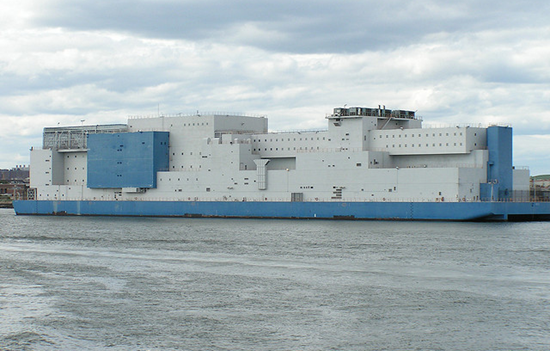

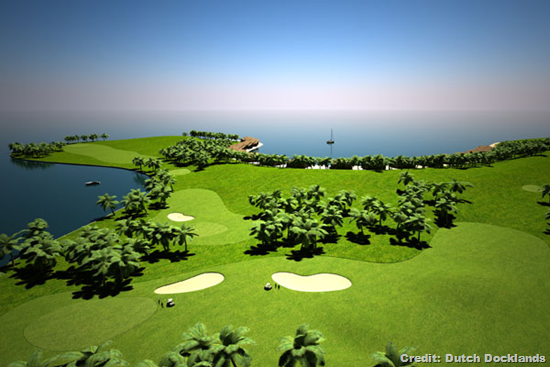
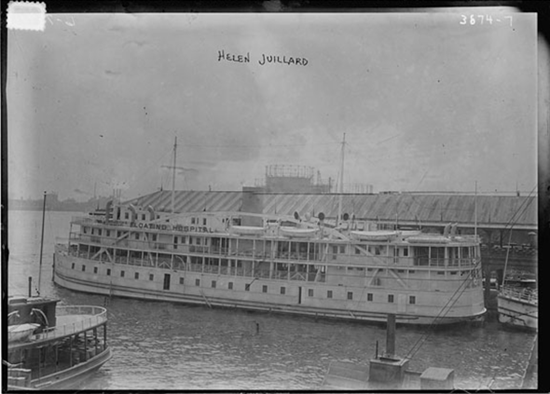

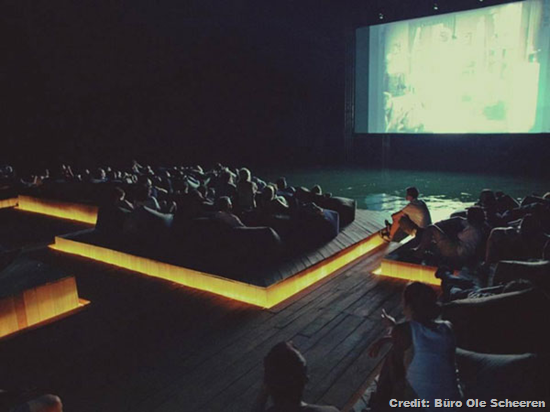

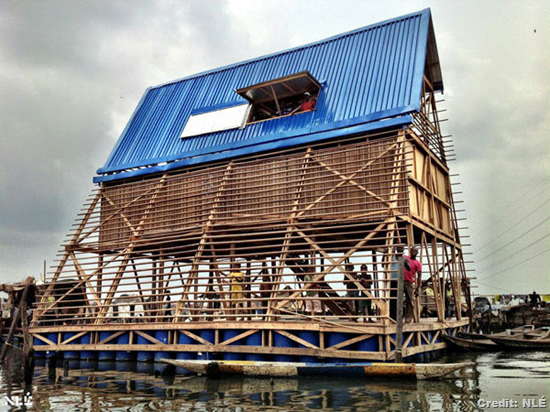

No comments:
Post a Comment
Please adhere to proper blog etiquette when posting your comments. This blog owner will exercise his absolution discretion in allowing or rejecting any comments that are deemed seditious, defamatory, libelous, racist, vulgar, insulting, and other remarks that exhibit similar characteristics. If you insist on using anonymous comments, please write your name or other IDs at the end of your message.